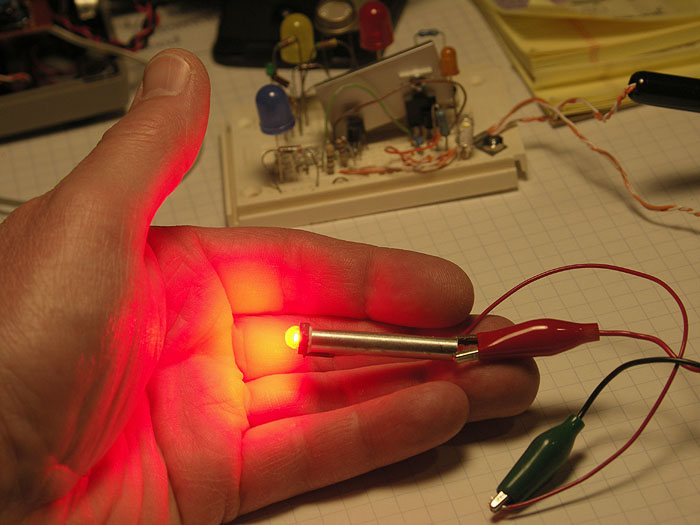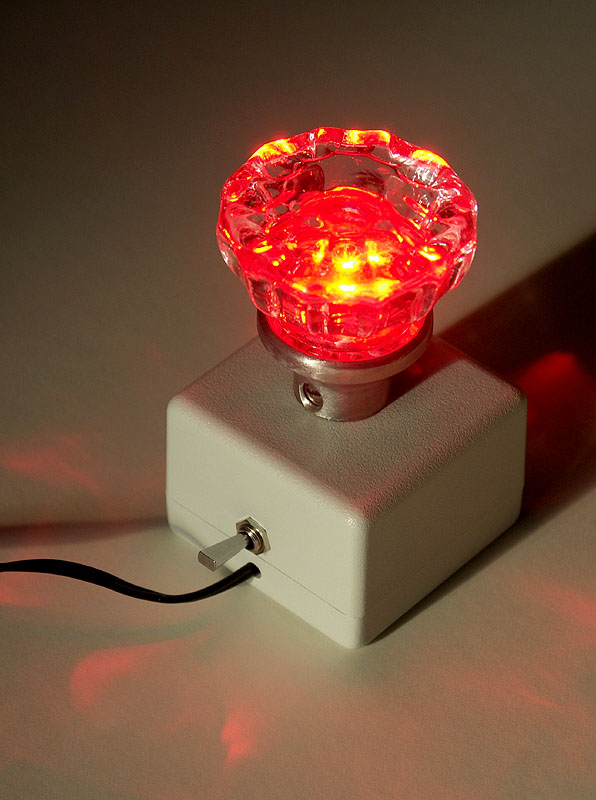Wait, do you want isolation of the slug to the heatsink, or not? I am a little confused by what you said in your post. If you want to isolate the slug, then Arctic Silver may not be for you. Arctic Alumina epoxy is better for isolating. Check this out:
https://www.candlepowerforums.com/threads/157064
Thanks again NYLYTE! I found this a long time ago and it works great for the Seoul P4 emitter, as well as any other high-flux LED. You do not get a thick layer of epoxy under your emitter that hurts performance, but everything stays isolated. No more shorting out. It is pretty easy to do, and all you have to do is raid the kitchen or the supermarket or deli to find the suitable plastic. I used this process to epoxy 4 of the Seoul P4 emitters to the same aluminum heatsink.
Now, if you need contact between the positive and the heatsink, then you can solder the slug to the heatsink (if it is copper or it is copper coated or similar). The slug of the Seoul P4 is electrically connected to the positive lead (internally). If you cannot solder anything, then use whatever epoxy as thin as possible and find a way to hook the positive lead to the heatsink ground (wire, or some metal contact). I am not sure what else to tell you.
I have always noticed my AA epoxy to be like very hard rubber, almost plasticy. It shouldn't be soft and gummy, but you may be able to leave dents in it with your fingernail after it cures. My stuff works fine and it holds up alright, but I am never quite sure how hard it really supposed to be, either. Good luck!
-Tony





